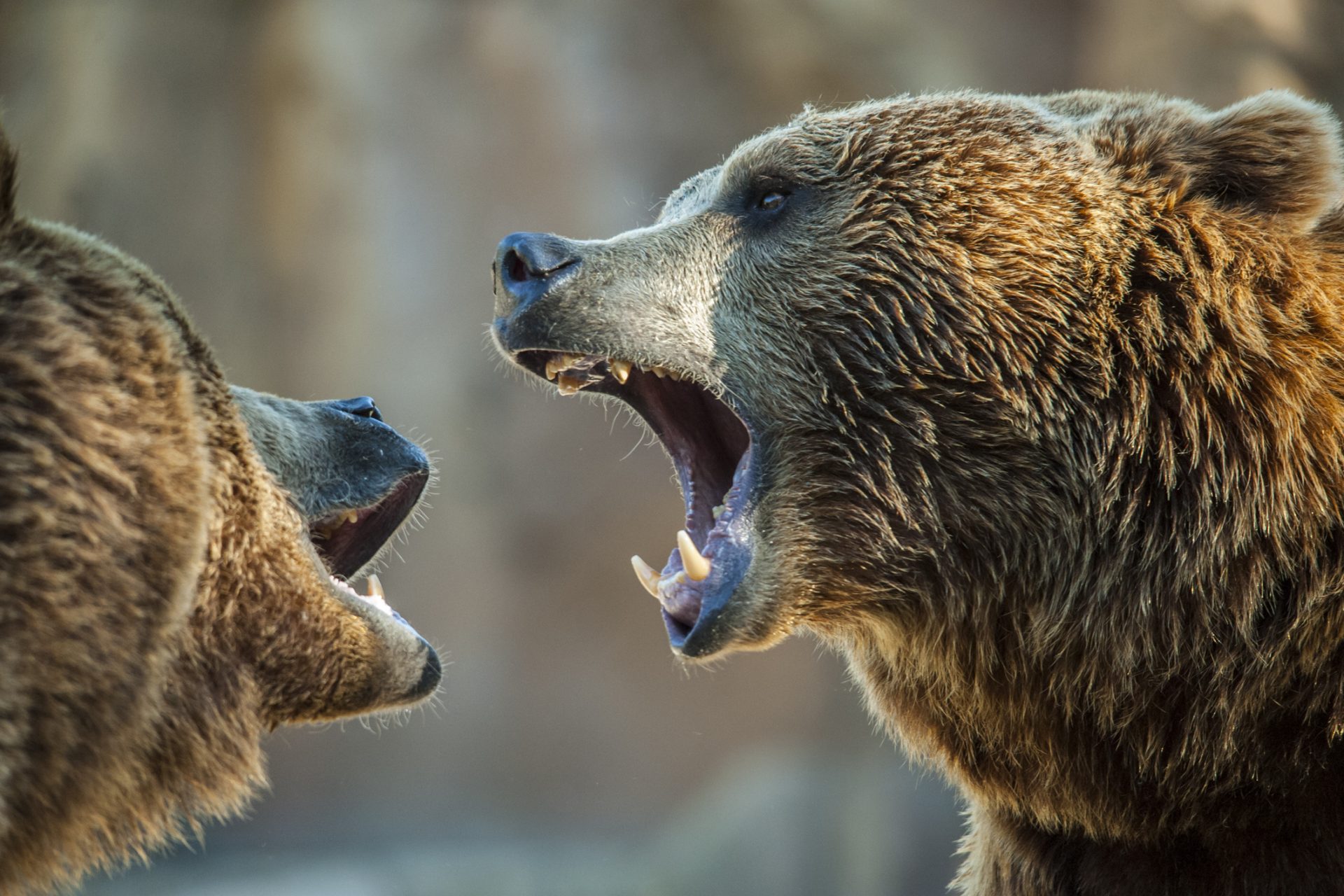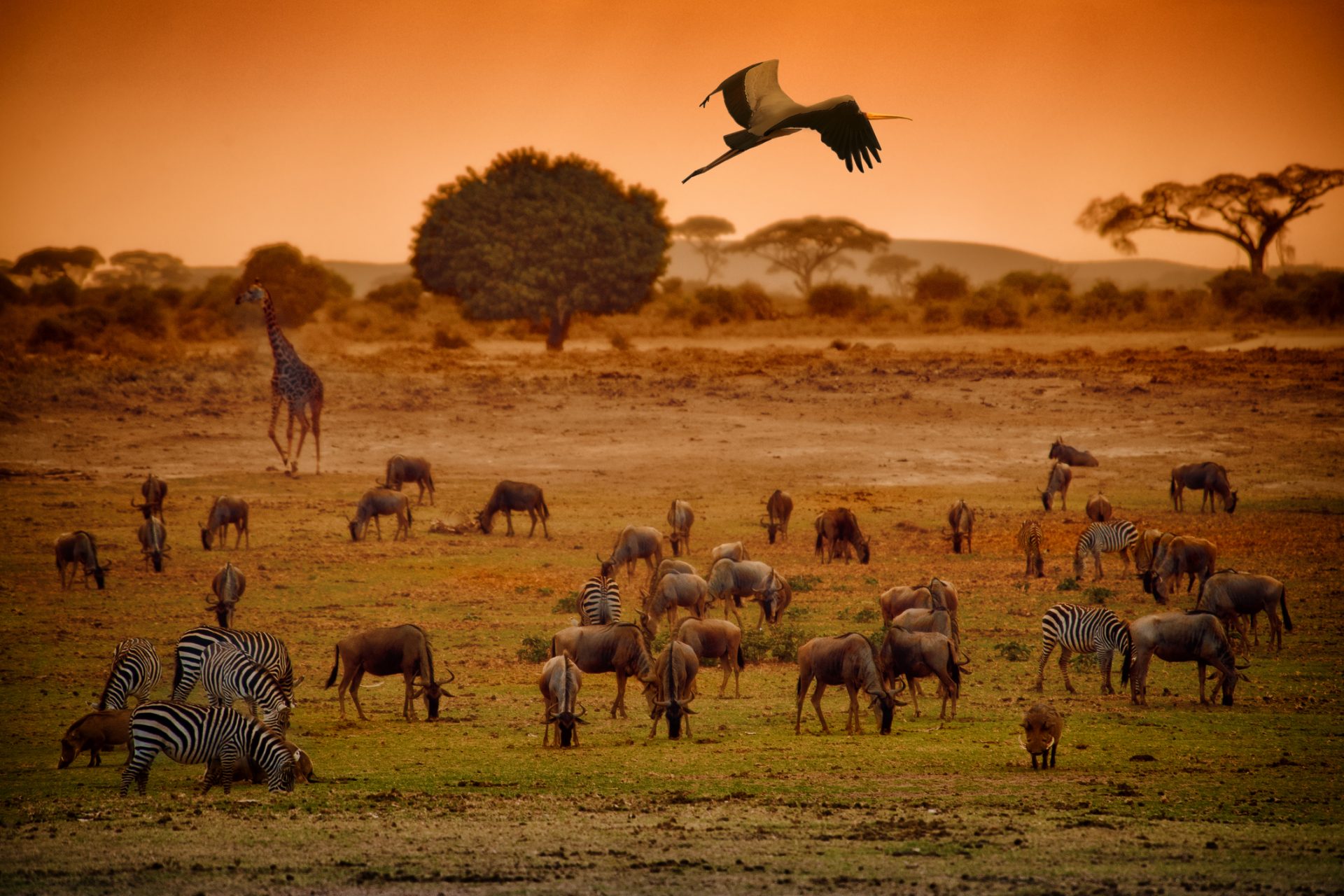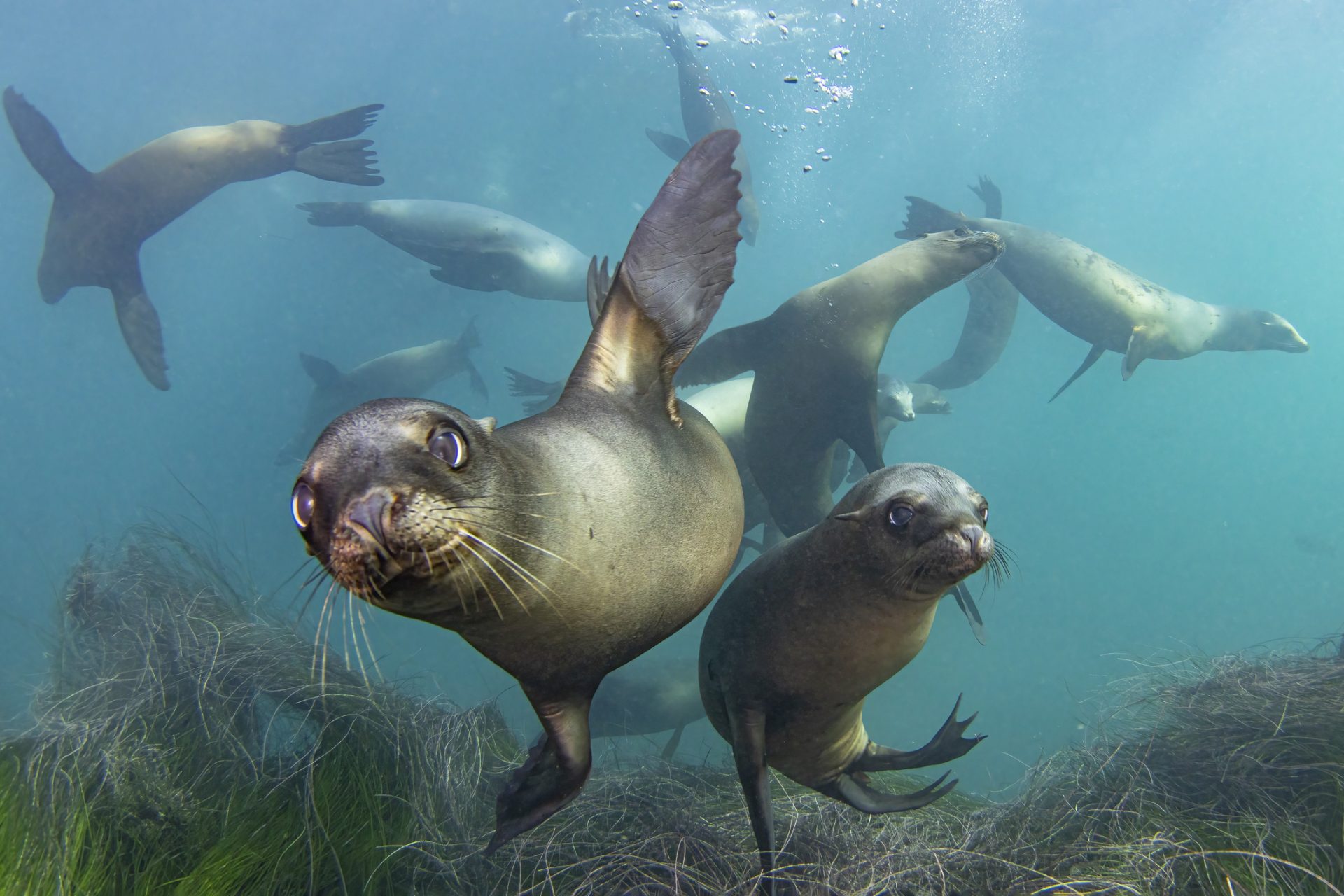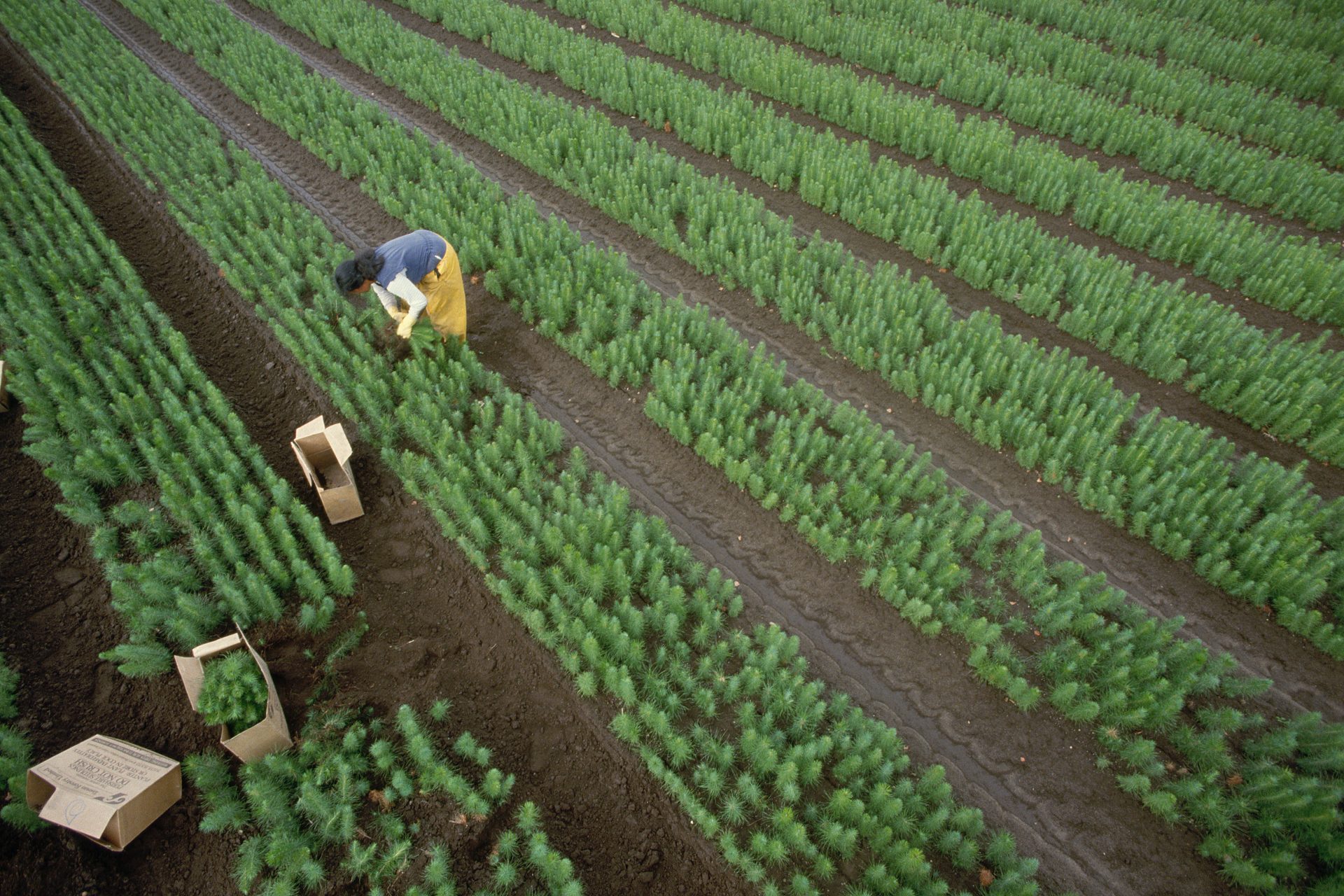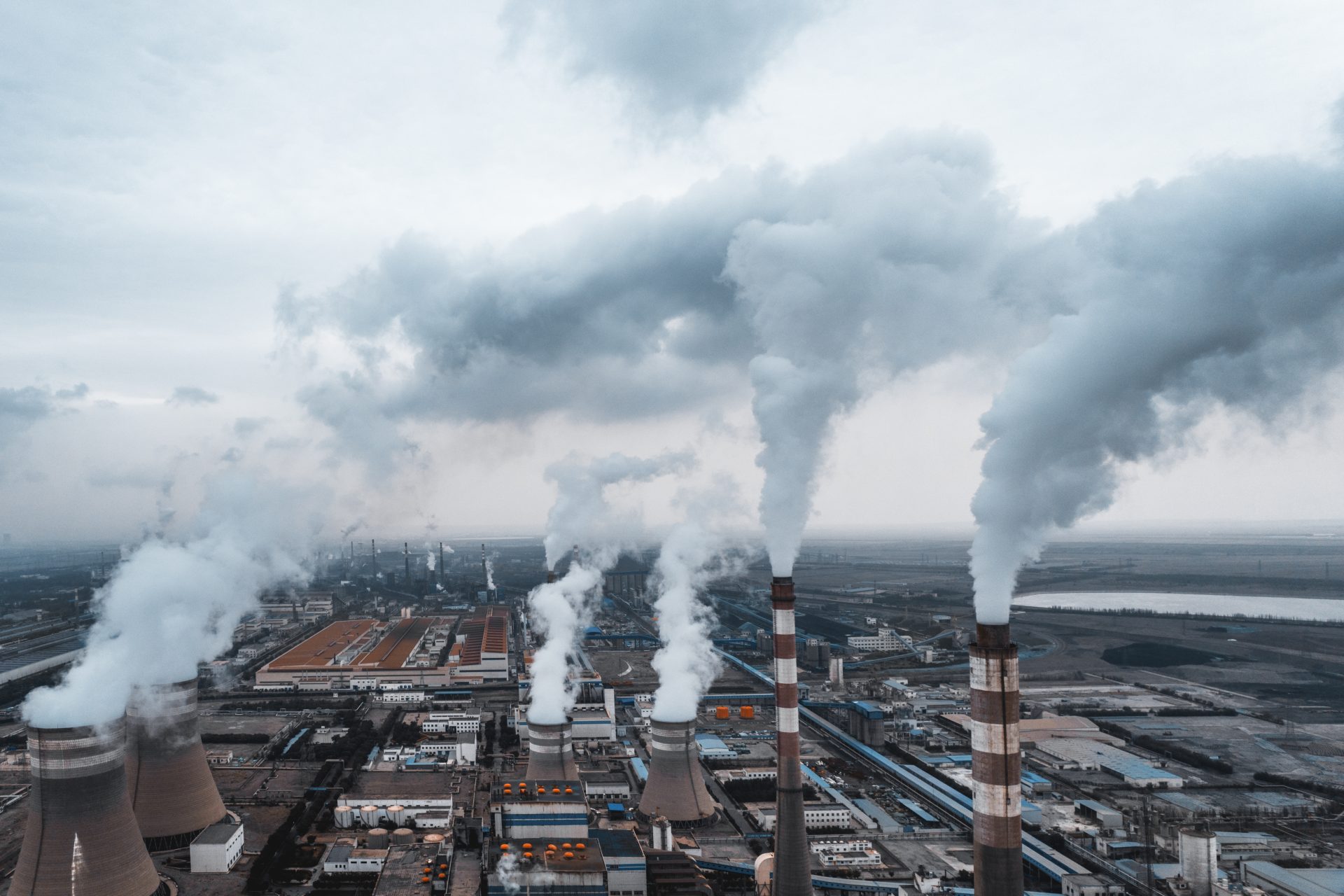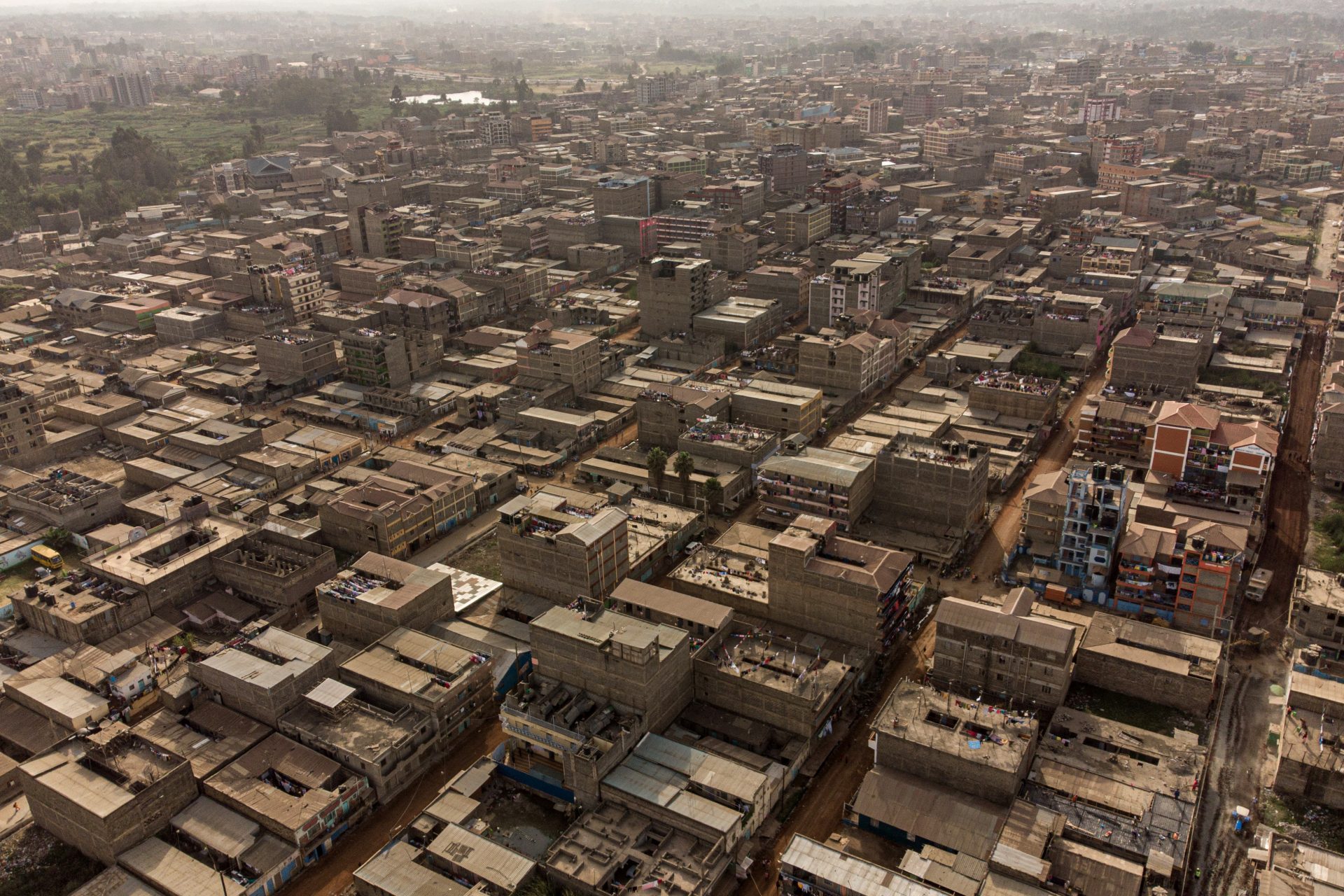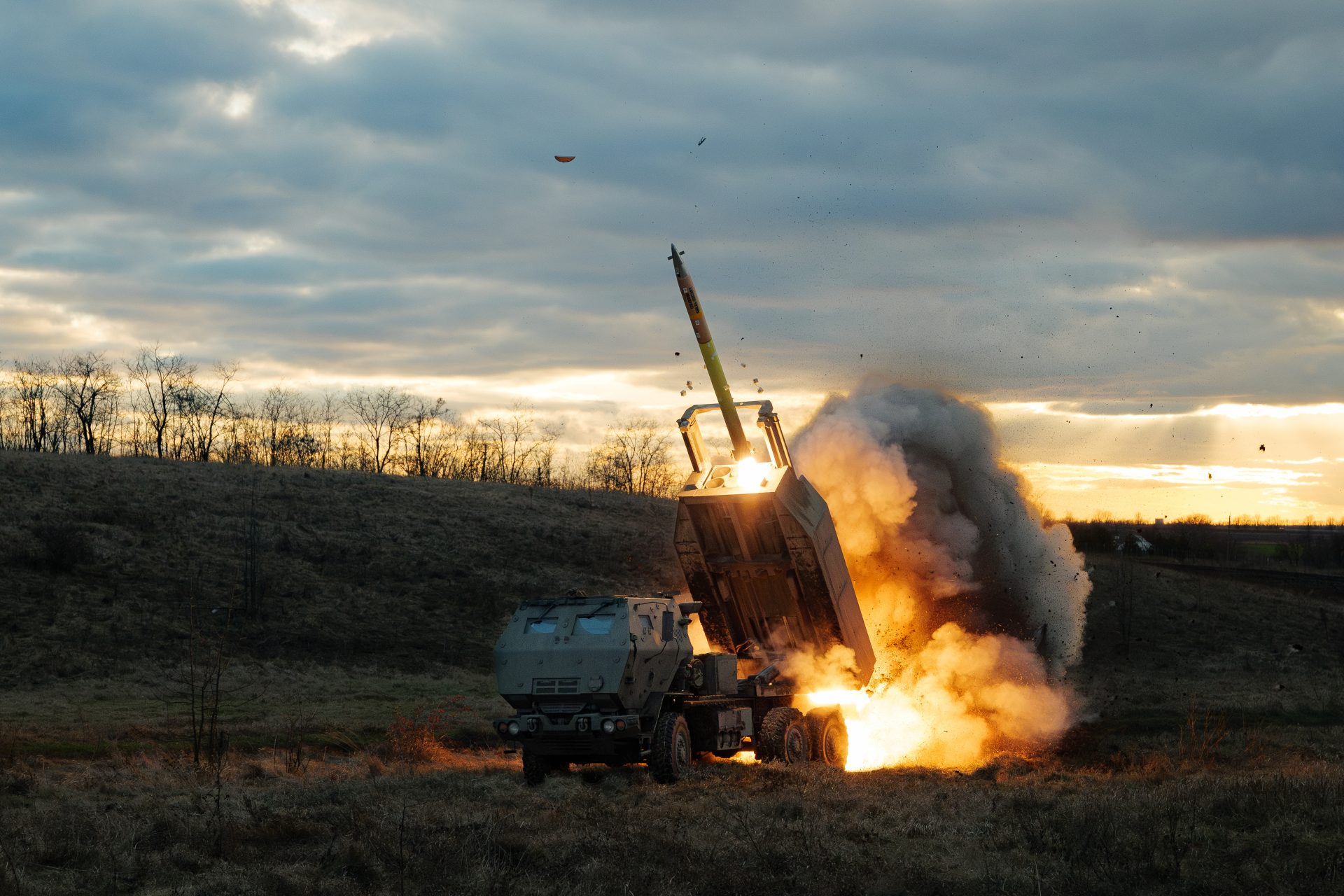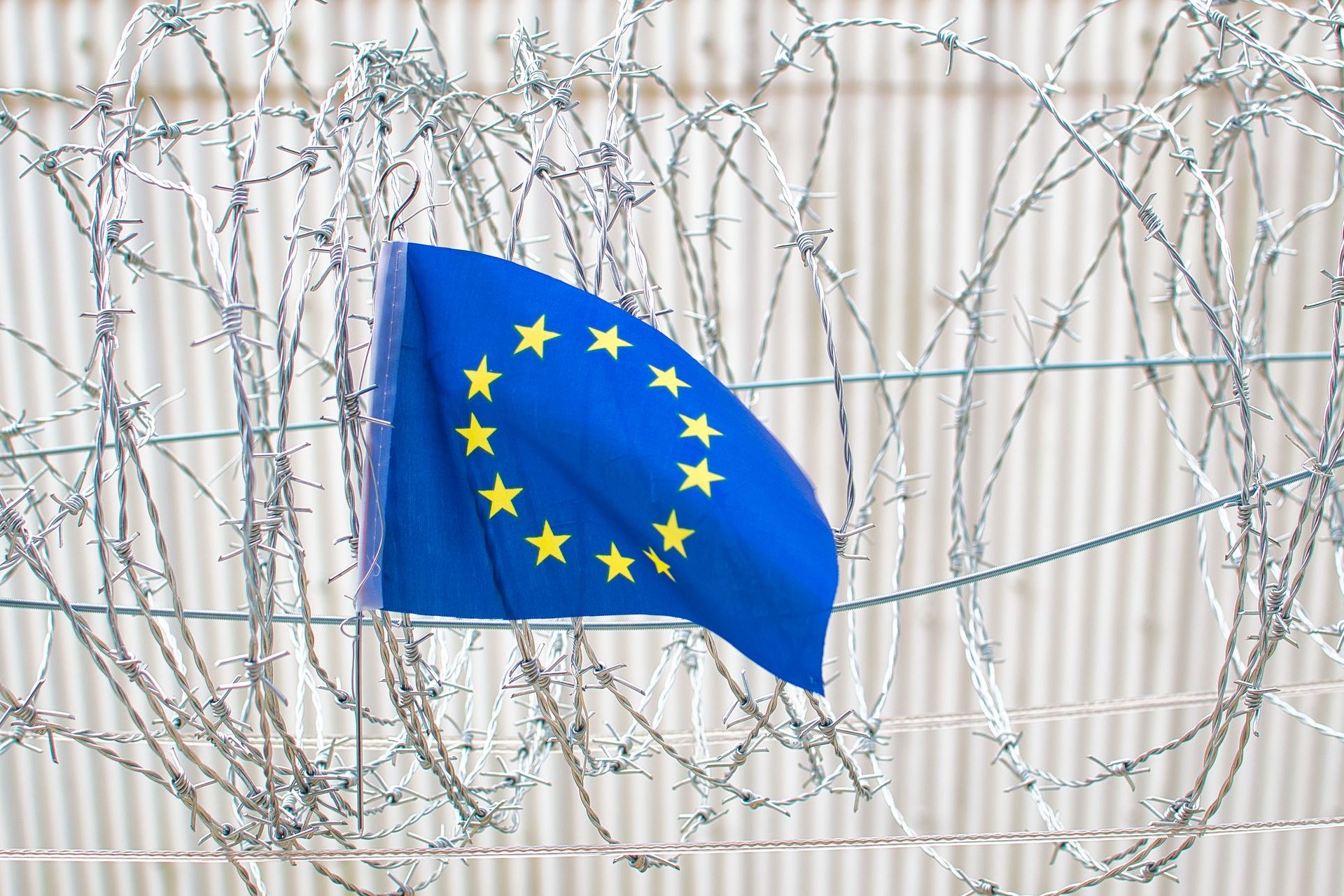Saving the planet could depend on rewilding these nine animals
Mitigating the effects of climate change will be critical if we want to save our world from a total climate catastrophe and researchers from Yale University have found that rewilding nine key animal species could play a big role in helping our goals.
Animals have always played an important role in managing the world's ecosystems, but the researchers claimed that using animals as a solution to climate problems had been woefully overlooked by modern science.
Newfangled technologies like carbon capture devices and electric cars have taken center stage in the climate debate but restoring some species of animals could have just as big an impact on mitigating the effects of climate change on our world.
Carbon storage through plant conservation has been another fix scientists have focused on but the researchers from Yale noted that terrestrial and marine animals, as well as marine fish, could increase the world's carbon storage capabilities just as much as plant life conservation.
Citing a 2017 study on how mammalian diversity affected the carbon cycle in Guyana's tropical forests, the researchers showed that areas with a mammalian population almost always outperformed areas with only tree species in terms of carbon storage capabilities.
Forested areas with roughly 10 to 70 tree species increased that forest's carbon storage by 3.5 to 4 times while forested areas with mammalian populations between 5 and 35 animals increased that area's carbon storage by 4 to 5 times.
“This boost in carbon storage is attributable to a diversity of animal species with medium-to-large bodies that have a diversity of functional roles in the ecosystem,” the Yale University researchers wrote.
“These include seed dispersal that supports the germination of large-seeded trees with carbon-dense wood, herbivory that reduces plant competition, and the enhancement of soil nutrient supply and organic carbon storage,” the researchers continued.
Reintroducing animals back into the wild—an ecological strategy often referred to as trophic rewilding—could prove to be one of our world’s most effective natural means for curbing the devastating effects of climate change, if it can be adopted across continents.
The researchers believe that targeting nine different species for trophic rewilding could prove to be the best theoretical solution to mitigating climate change and meeting the world's carbon reduction goals. Here are the nine species the researchers think could change our world by ecosystem.
Marine species like reef sharks, sea otters, whales, and ocean fish especially could be exploited to make a major dent in reducing our world’s carbon levels.
On land, the rewilding of bison, elephants, gray wolves, musk oxen, and wildebeest could have a drastic impact on the amount of carbon storage Africa’s savanna or North America’s grasslands could sustain, helping us prevent warming beyond 1.5°C (2.7°F).
According to Re:wild—a global non-profit dedicated to the protection and trophic rewilding of Earth’s most important animals—the restoration of these nine animal species could help capture as much as 6.41 gigatons of carbon annually.
“There’s a huge untapped potential to consider conserving wild animals as a climate solution,” said Oswald Schmitz, the lead author of the rewilding report.
Such a large amount of captured carbon would represent roughly 95% of all the carbon capture required to meet the yearly targets needed to pull 500 gigatons of carbon out of our atmosphere by the year 2100.
“Climate change is usually only seen as one of a number of threats to wildlife species,” said Andrew Tilker, one of the co-authors of the trophic rewilding study.
“What we have found, however, is that the conservation of wildlife—allowing species to play their functional roles in ecosystems—offers untapped potential as a solution to climate change,” Tilker added.
Tilker also called for more investment into rewilding efforts coupled with conversation and a switch to renewable energies as the best means for heading off the worst effects of our warmer climate future.
More for you
Top Stories



